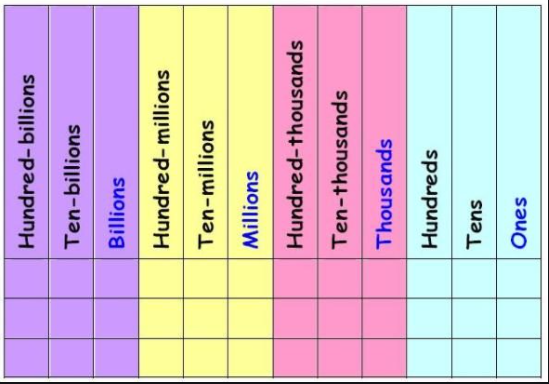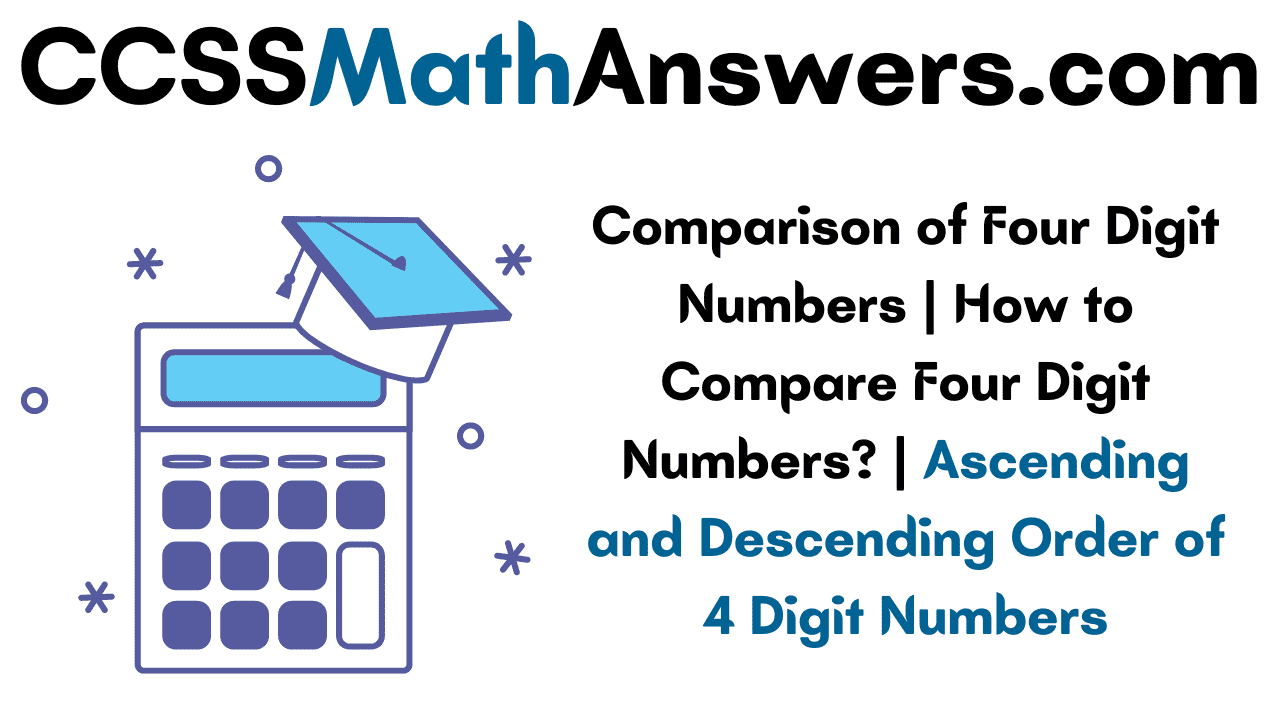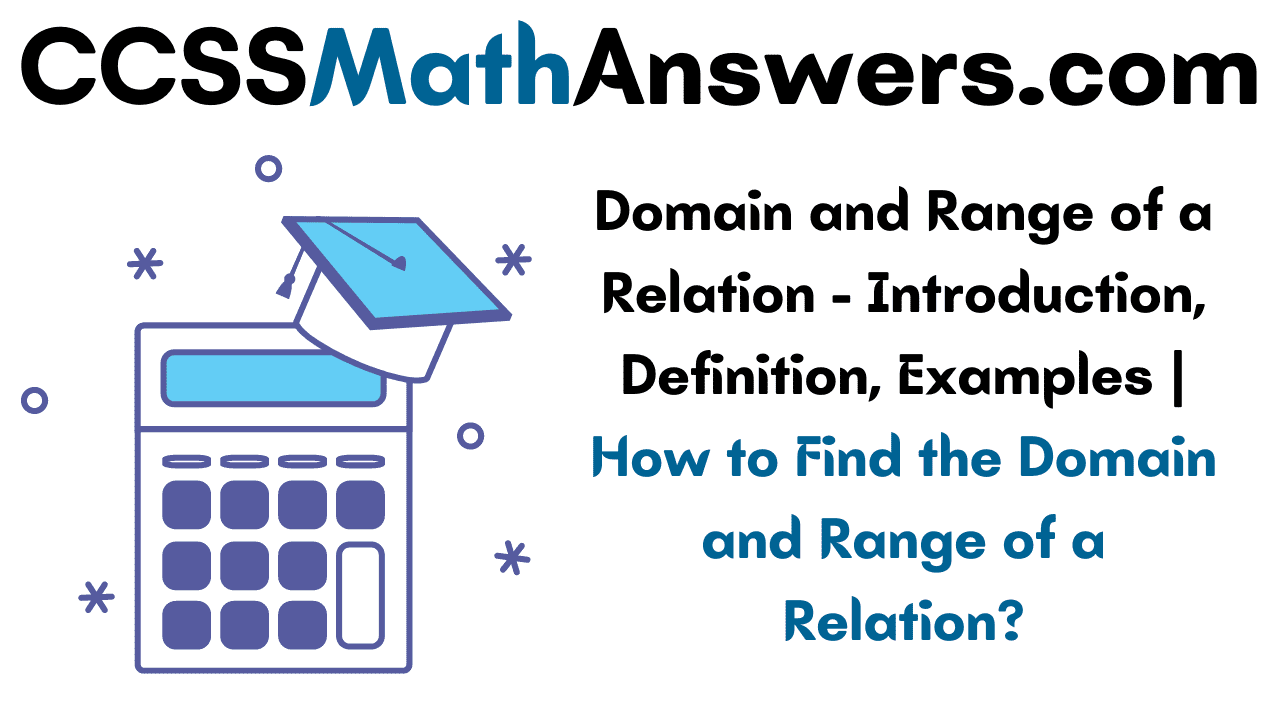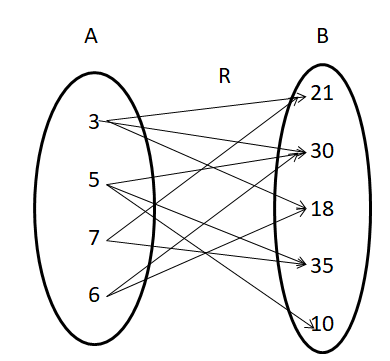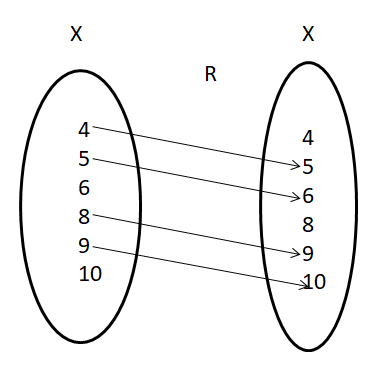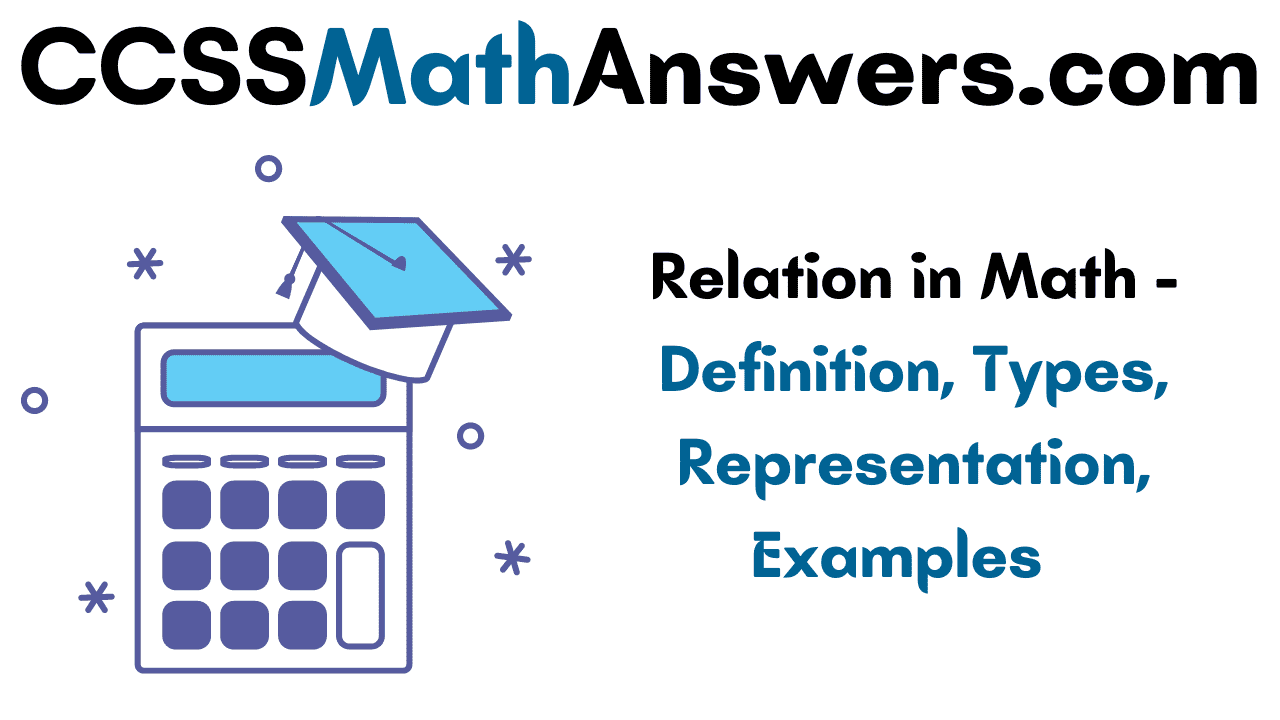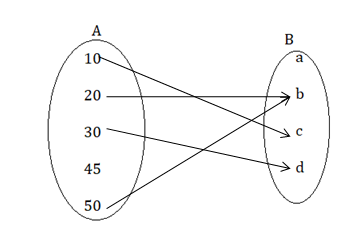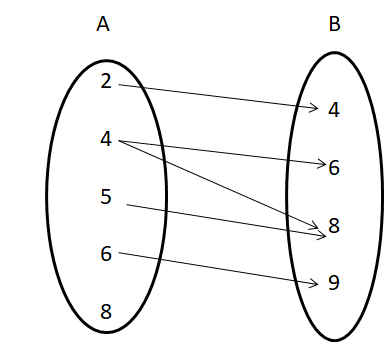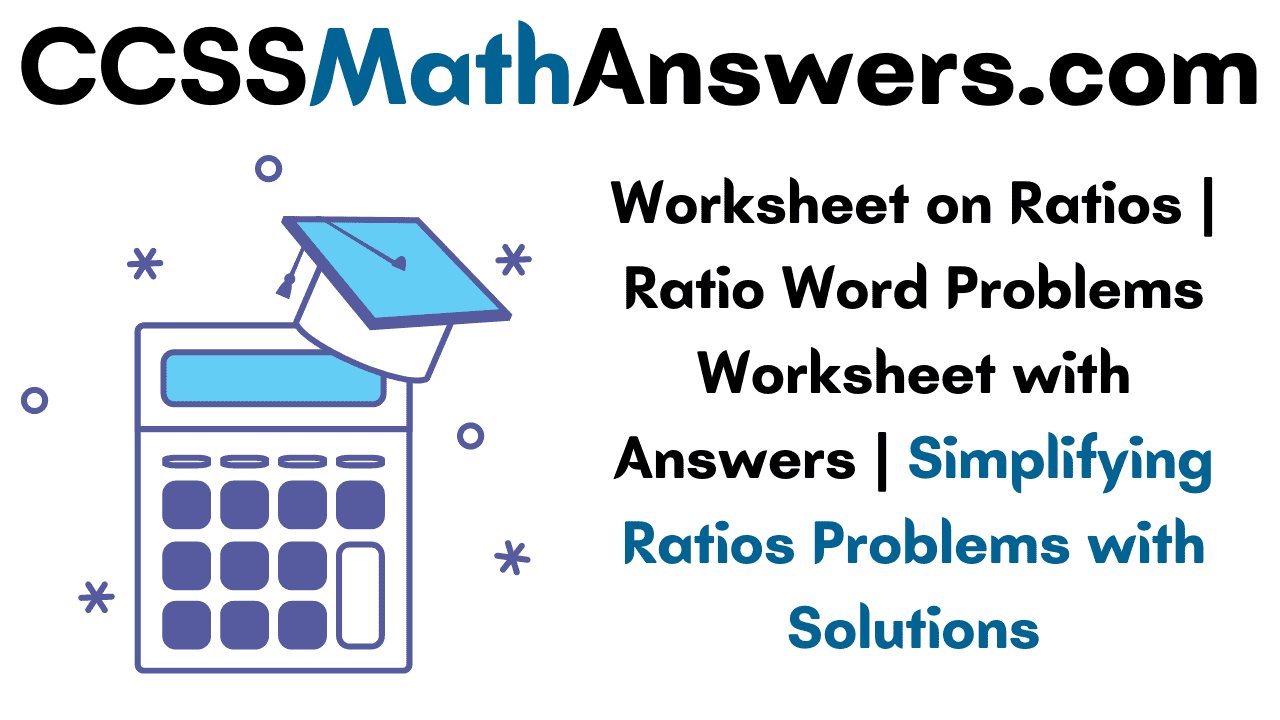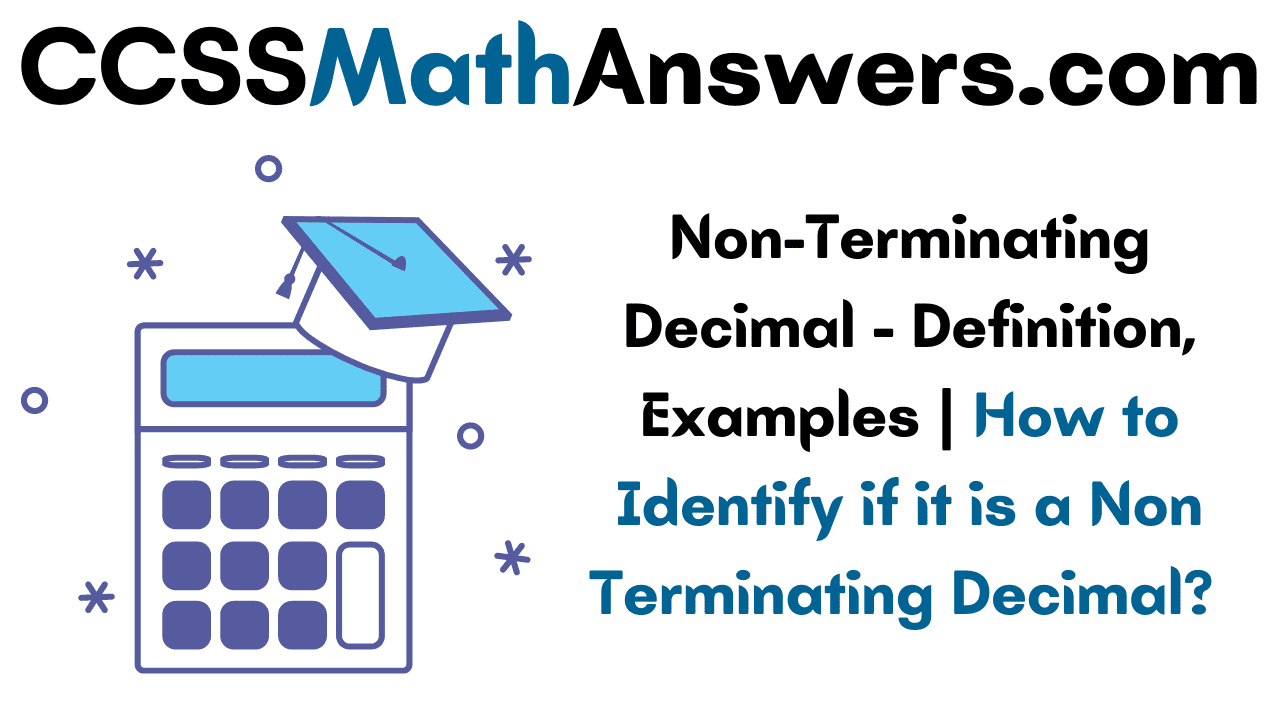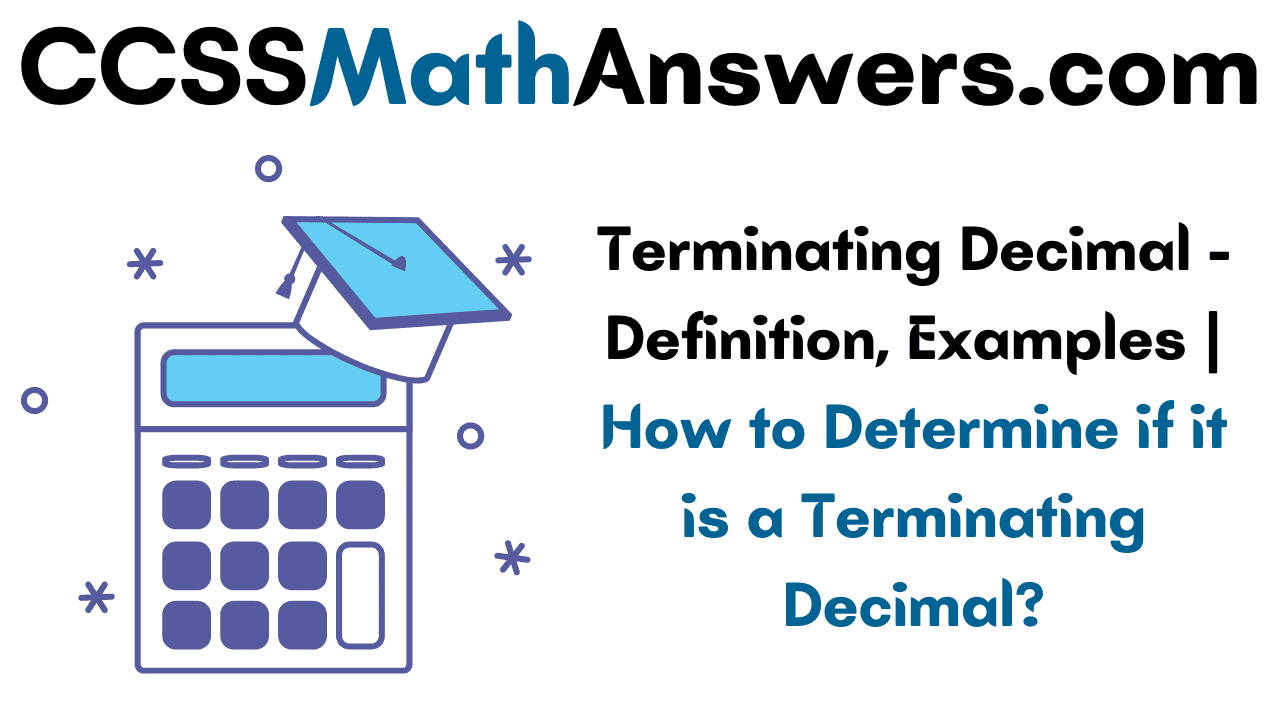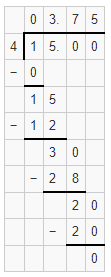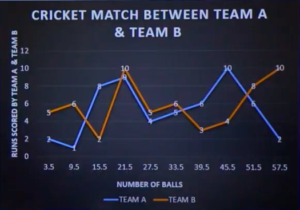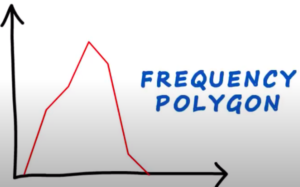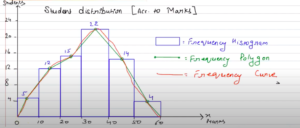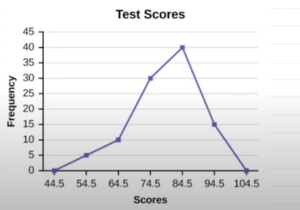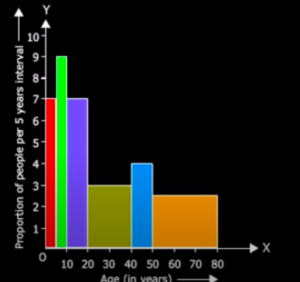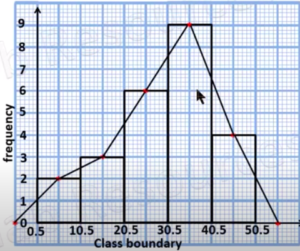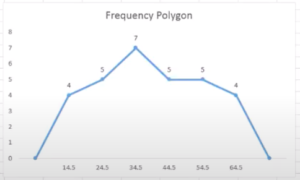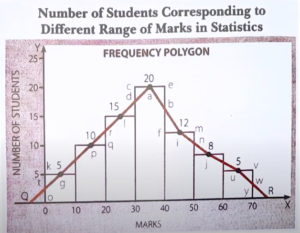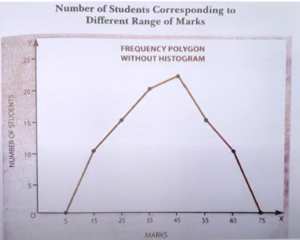Numbers are formed by grouping the digits together. The order of place value of digits starts from right to left are units, tens, hundreds, thousands, ten thousand, lakhs, and so on. Digits are 0, 1, 2, 3, 4, 5, 6, 7, 8, 9. Follow the rules and guidelines listed in the further sections to have an idea of How Numbers are Formed. Go through the solved examples on making numbers from given digits for getting a good hold of the entire concept.
Also, Read:
Rules for Formation of Numbers
We can easily make the numbers by following certain rules
- To form the greatest number, arrange the digits in descending order from Left to Right.
- To form the smallest number, arrange the digits in ascending order from left to right.
- If zero is one of the digits while forming the smaller number, it is written in place after the highest place.
Forming Smallest/Greatest Numbers using Given Digits
1. Write the greatest number using 5, 7, 8, 9, 6?
The greatest number is 98,765.
2. Write the greatest number using the digits 1,3,6,4,9?
The greatest number is 96,431.
3.Write the smallest number using the digits 7,5,1,3,8?
The smallest number is 13,578.
4. Write the smallest number using 8,6,1,3,5?
The smallest number is 13,568.
Forming the Numbers from Given Digits Examples
Example 1:
Using the digits 6, 1, 3, 0, and 5, write the smallest number.
Solution:
The smallest number is 10,356.
Example 2:
Using the digits 2,8,0,6 and 5 write the smallest number.
Solution:
The smallest number is 20,568.
Example 3:
Form the greatest number and smallest number using the digits 7, 8, 4, 3, 9?
Solution:
The greatest number using the digits is 98,743.
The smallest number using the digits is 34,789.
Example 4:
Form the greatest number and smallest number using the digits 5, 2, 4, 7, 6?
Solution:
The greatest number using the digits is 76,542.
The smallest number using the digits is 24,567.
Example 5:
Form the greatest number and smallest number using the digits 8, 1, 4, 9, 0?
Solution:
The greatest number using the digits is 98,410.
The smallest number using the digits is 10,489.
FAQs on Formation of Numbers using Given Digits
1. How the greatest number is formed?
The greatest number is formed by arranging the digits in descending order.
2. How the smallest number is formed?
The smallest number is formed by arranging the digits in ascending order.
3. Where will you place zero while forming the smallest number?
Zero is placed at one place after the highest place while forming the smallest number.
4. Form the highest number using the digits 1, 6, 9, 3, 8?
The highest number using the digits is 98631.
5. Form the smallest number using the digits 3, 9, 0, 6, 2?
The smallest number using the digits is 20,369.



